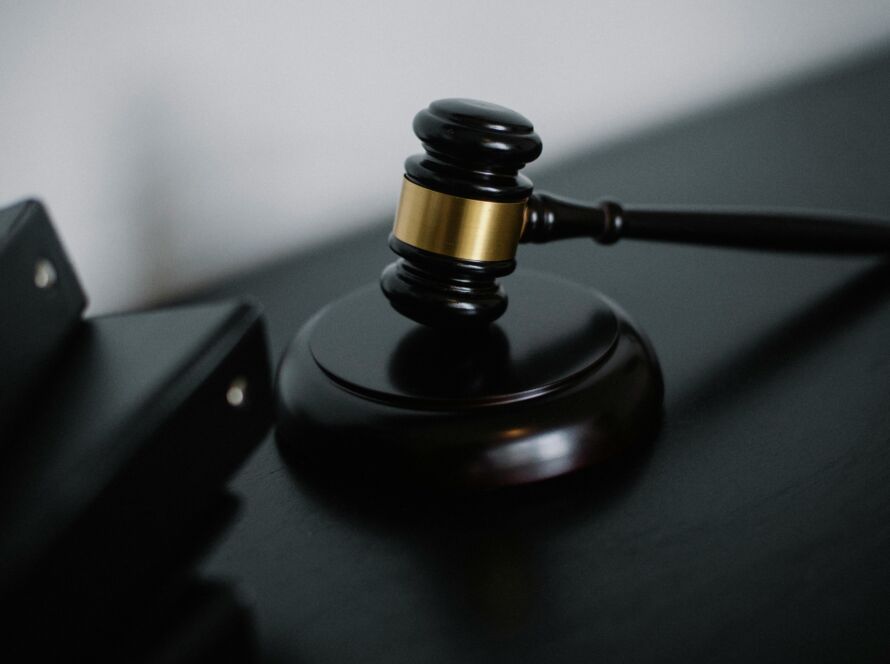1. Origin of Crime
Evil inclination termed as concupiscence is the base and origin of crime however the exact definition of crime is a philosophical issue without an agreed upon answer. Early ideas about crime were either linked to religion or property. Immoral acts, moralities and sacrilege were considered sins (equivalent to crime) and were dealt by the church.
Lord Blackstone (the title now more of a debate within the Indian legal fraternity) described crime as the harm or injury carried out on the community at large. As a result of judicial pronouncements crime was defined as an act committed or omitted, in violation of a public law, either forbidding or commanding it; a breach or violation of some public right or duty due to a whole community, considered as a community. In its social aggregate capacity, as distinguished from a civil injury.
1.1 Ingredients of Crime
The two ingredients of crime are mens rea (guilty mind) and actus reus (injury to victim of crime).
1.2 Stages of Crime
a) Intention: The process of thought to commit an act which is prohibited by law.
b) Preparation: The process of accumulating the resources required and planning the execution of the act prohibited by law.
c) Attempt: The process of giving colour to the preparation based on the intention or vice versa.
d) Commission: Successful execution of all three preceding stages. Unsuccessful commission would also remain a crime but the degree of punishment and severity of the crime would reduce to becoming an attempt.
2. What is money laundering?
Money laundering is the processing of criminal proceeds to disguise its illegal origin. It is a white collar crime which is defined under section 3 and is a punishable offence under section 4 of the Prevention of Money Laundering Act, 2002.
2.1 History of money laundering
According to the historian Sterling Seagrave, more than 2000 years ago, wealthy Chinese merchants laundered their profits because the regional governments banned many forms of commercial trading. It was in the 1930s during the period of Prohibition that the United States felt the need to combat organized crime. The Prohibition in the United States was a nationwide constitutional ban on the production, importation, transportation, and sale of alcoholic beverages from 1920 to 1933.
A common belief is that the term ‘money laundering’ originated by Italian members of the mafia in the United States, such as Al Capone.The successful prosecution of Al Capone for tax evasion shifted the emphasis of the state and law enforcement agencies on tracking and confiscating money, but existing laws against tax evasion could no longer be used once gangsters began paying their taxes. Meyer Lansky, one of Al Capone’s contemporaries, ultimately became the father of money laundering. He discovered that the anti-money laundering legislations at that time were not sophisticated enough to penalise him till the time he paid his taxes and further figured out how to use the Swiss banking system to hide his growing cash reserves.
2.2 Bank Secrecy Act, 1970
The first Anti Money Laundering legislation enacted by the United States was the Bank Secrecy Act, 1970. In addition to requiring the banks to report cash deposits of more than $10,000, the legislation also required banks to identify the individuals conducting such transactions and to maintain records of these.
2.3 UN Vienna, 1988 Convention
The United Nations Convention against illicit traffic in Narcotic Drugs and Psychotropic Substances, 1988 covers the aspect that money earned from sale of banned substances is tainted money.
Article 3.1 describes money laundering as conversion or transfer of property knowing that such property is derived from any offence(s), for the purpose of concealing or disguising the illicit origin of the property or of assisting any person who is involved in such offense(s) to evade the legal consequences of his actions.
2.4 Financial Action Task Force
It was in 1989 that multiple countries and organizations formed the global Financial Action Task Force (FATF). Its objective was to devise methods to prevent money laundering and to promote international standards. After the 09/11 attacks on the United States, FATF expanded its mandate to include terrorist financing within the scope of Anti Money Laundering laws.
2.5 Prevention of Money Laundering Act, 2002
The Prevention of Money Laundering Act, 2002 is an Act enacted by the Parliament of India, which was passed during the regime of the National Democratic Alliance (NDA) to prevent money laundering and to provide for confiscation of property derived from money laundering. Few of the biggest money laundering scams that India has witnessed are the Coalgate Scam, the 2G scam and the ABG shipyard case among many other.
3. Authors comments
Everything in this world starts with a thought and the same principle applies to crimes. Any person who would plan on committing a sin (a broader phrase for crime which would also include acts that are not forbidden by law like moral crimes) or a crime would start with manifesting a thought in that regard. The thought coupled with action would in turn complete the process of committing a crime. The world has been evolving and with evolution change has been the only constant in law and otherwise. With time acts that are forbidden by law are being added to the existing list of crimes, in turn the books are amended with the complex changing needs of the society.
Even though money laundering is a crime in itself but it starts once the initial crime ends and is successful. No charge of money laundering can exist in isolation. For example let’s consider ‘A’ to be drug trafficker. ‘A’ successfully trafficked a substance banned by law and earned ‘X’ amount of money. At this instance we can positively conclude that a crime has been committed. The thought behind committing the crime would be to earn money. The reason to earn money can be anything and would be different for each individual however sharing the same reason can also be a possibility between two different individuals. Now, once the aforesaid crime has been successfully committed, ‘A’ would want to use the money earned. To use the money that has been obtained by committing the aforesaid crime ‘A’ would have to clean the tainted money or else his initial crime would get caught which would make his initial efforts useless. At this point to clean the tainted money ‘A’ will begin the process of laundering the money earned to make it legitimate and thus it can be safely concluded that the criminal act of laundering money starts once the initial crime ends and is successful.
The legislations to curb money laundering have evolved over time to tackle the sophisticated criminal minds and organized crime. Other statutes that criminalize acts of terrorism, smuggling, trafficking etc have also included money laundering within their ambit so that there is no ambiguity within the laws. Ironically to crack a money laundering case it is always advised to follow the money trail backwardly to reach the foundation of the crime and its key players but to understand the concept it is the roots that must be analysed first and thus this blog is a mere introduction to the terms ‘crime’ and ‘money laundering’.





